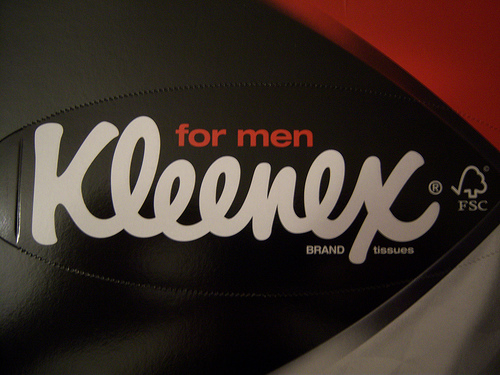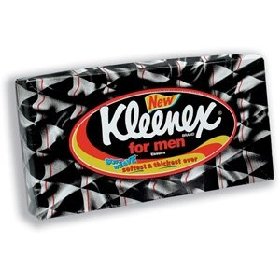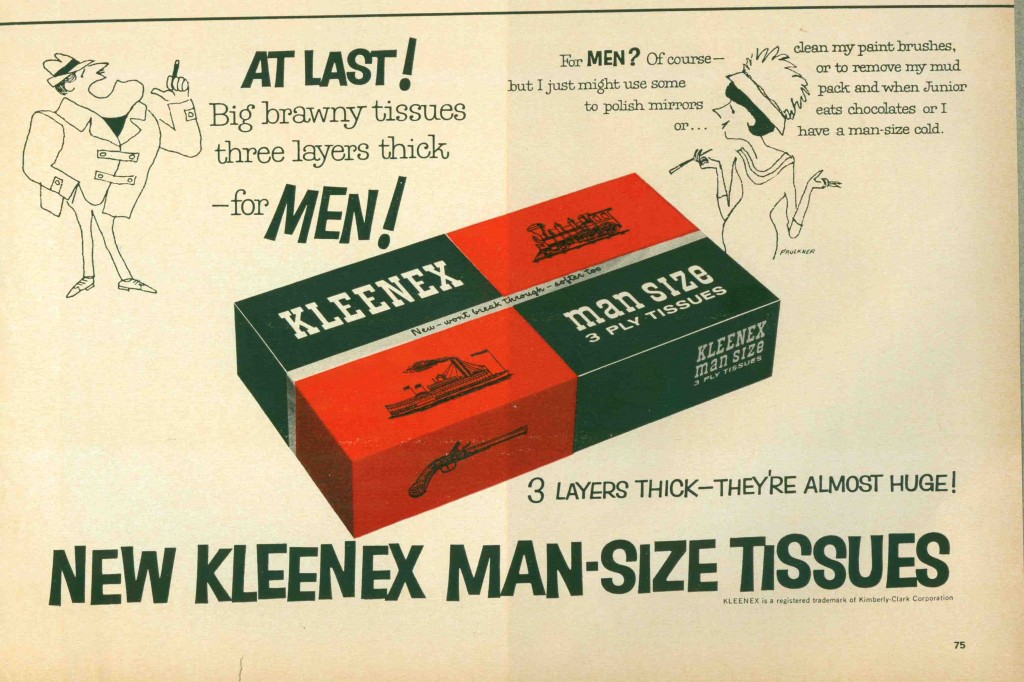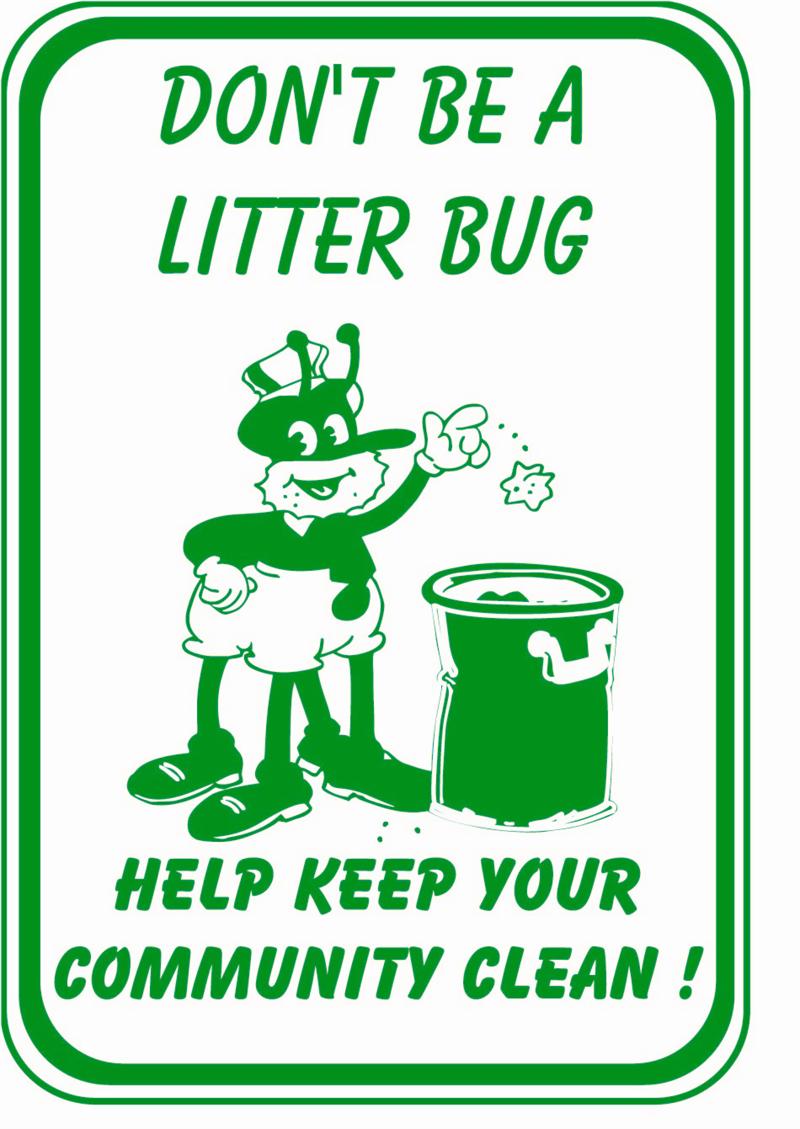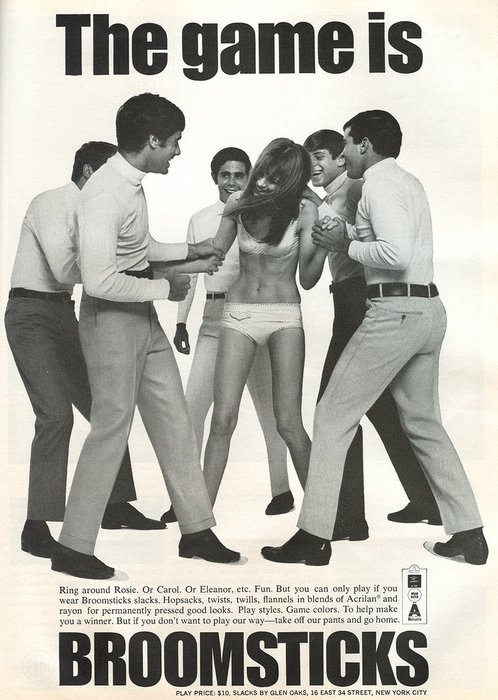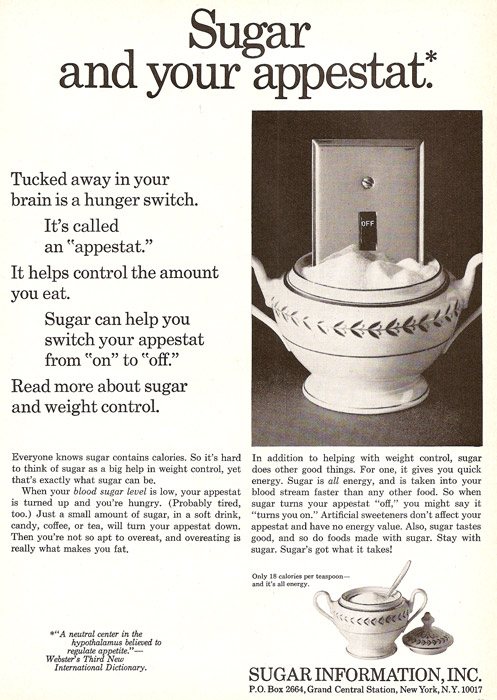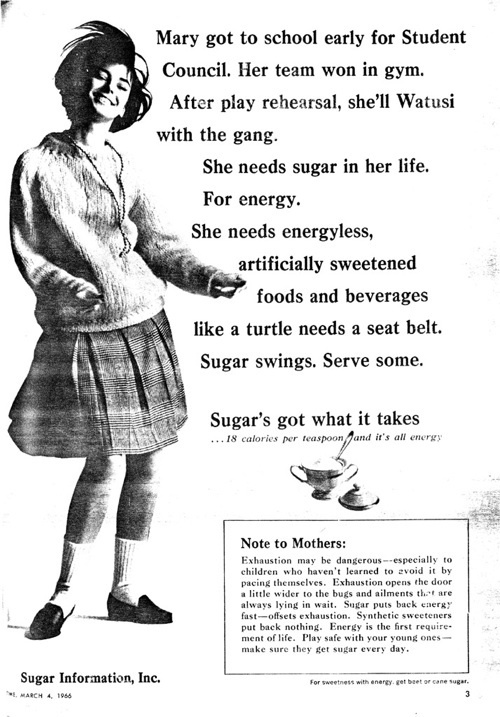We posted earlier about the biology behind the controversy over Caster Semenya’s sex. Germán I. R.-E. and Philip Cohen (who has his own post on the topic) asked that we comment on her recent makeover.
Some sociologists argue that gender (as opposed to sex) is really more about performance than it is about our bodies. That is, we do gender and, when we do it in ways that other people recognize, everyone feels satisfied. This is, perhaps, what Caster Semenya’s handlers were hoping for when she submitted to a makeover for South Africa’s YOU Magazine:
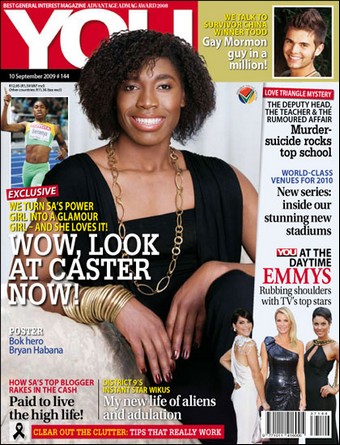
Notice that Semenya carries the same body into this photoshoot, but she is properly adorned with make up, feminine clothing, jewelry, a passive pose, and a pleasant and inviting facial expression (because to be feminine is to be accommodating).
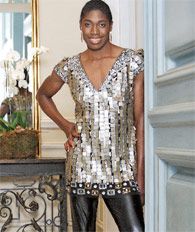
Perhaps more importantly, the copy and the interview tells the reader that Semenya likes dressing up and looking pretty, another important indicator of both femininity and non-masculinity. The cover says:
WE TURN SA’S POWER GIRL INTO A GLAMOUR GIRL – AND SHE LOVES IT!
(Notice, too, the implication that power and glamour are opposed.)
This insistence that Semenya feels (or wants to feel) feminine, as well as looks it, is mirrored in the text (as summarized by the Guardian):
It carries an interview with the 18-year-old student. “I’d like to dress up more often and wear dresses but I never get the chance,” she says. “I’d also like to learn to do my own makeup.”
The lifestyle magazine quotes Semenya’s university friends saying that she wants to buy stilettos and have a manicure and pedicure. Semenya adds: “I’ve never bought my own clothes – my mum buys them for me. But now that I know what I can look like, I’d like to dress like this more often.”
You magazine says that, after the photoshoot, Semenya told her manager that she would like to buy all the outfits she had modelled.
So, in the face of the leaked and unconfirmed finding that Semenya has undescended testicles and higher levels of testosterone than the “average” woman (see note at end*), there is an assertion here that what matters (i.e., the measure of sex that we should attend to) is her gender identity (feeling feminine) and her gender performance (doing femininity).
Anna N. at Jezebel points to how the public interest in Semenya’s sex may have pressured her, and those around her, to play this gender game. She writes:
…up until now, Semenya and her family have been unapologetic about the way she looks and dresses. Her father said that she had always preferred pants, but that she was still a woman — and the idea that she has to put on a dress and lipstick to prove her femaleness to people is pretty depressing.
It is also something that almost all women in Western countries do everyday. We perform gender, in part out of habit and in part consciously, all the time. Semenya hasn’t cared about this performance and that is at least in part why the controversy over her sex is taking the form that it is.
* Note: The release of male-related hormones, androgens, isn’t the whole story here. Cells must also have the relevant receptors for the presence of the hormones to matter. Semenya likely is lacking some of those receptors, either in her whole body on in parts of her body, because her body obviously didn’t respond to the hormones (otherwise she would have a penis and scrotum). My point here is dual: (1) the presence of testicles and testosterone doesn’t tell the whole story and (2) even if we knew the whole story, it doesn’t tell us if she is female or male. What if her body doesn’t detect the presence of those androgens? What if it reads the presence of some of them, but not others? What if she is chimera or mosaic? All these are interesting questions biologically, but the answers will not tell us whether she is male or female because sex, like gender, is a social construction.
—————————
Lisa Wade is a professor of sociology at Occidental College. You can follow her on Twitter and Facebook.
Lisa Wade, PhD is an Associate Professor at Tulane University. She is the author of American Hookup, a book about college sexual culture; a textbook about gender; and a forthcoming introductory text: Terrible Magnificent Sociology. You can follow her on Twitter and Instagram.

